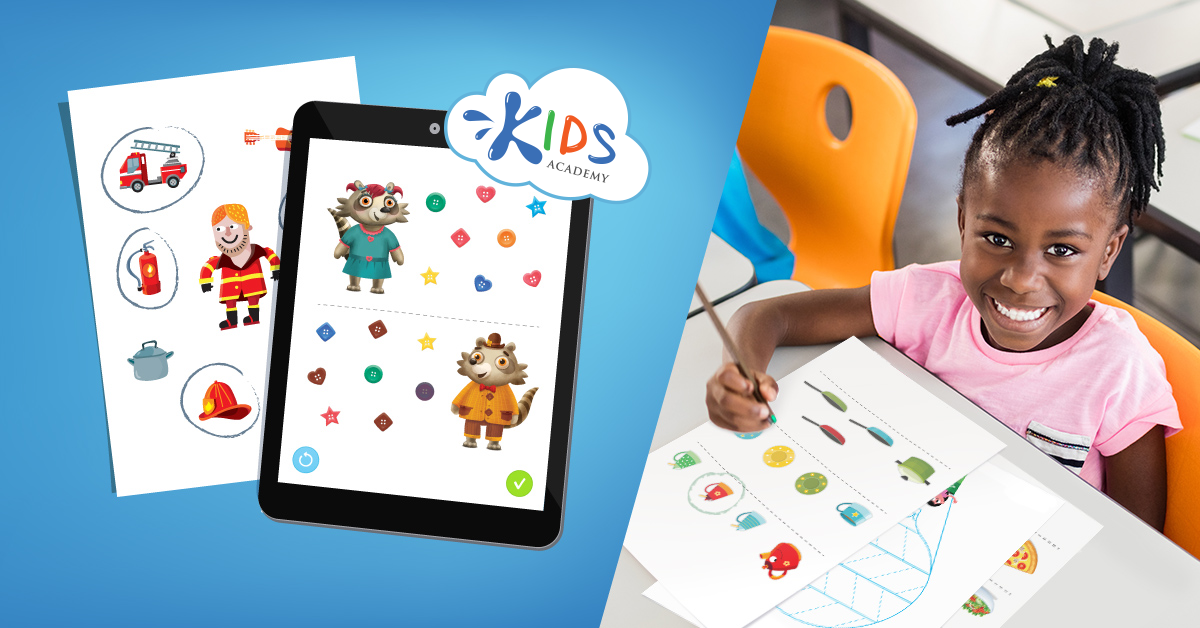Understanding symmetry Normal Worksheets for Ages 3-4
3 filtered results
-
From - To
Explore the enchanting world of symmetry with our "Understanding Symmetry Normal Worksheets" designed specifically for ages 3-4. These engaging worksheets introduce young learners to the concept of symmetry through fun activities and vibrant visuals. Children will enjoy tracing symmetrical shapes, coloring mirrored images, and identifying patterns that promote essential cognitive skills. Our user-friendly format ensures easy access for both parents and educators, making learning enjoyable and interactive. These resources stimulate creativity while enhancing critical thinking, laying a strong foundation in early math concepts. Start your educational journey today and help your little ones discover the beauty of symmetry!
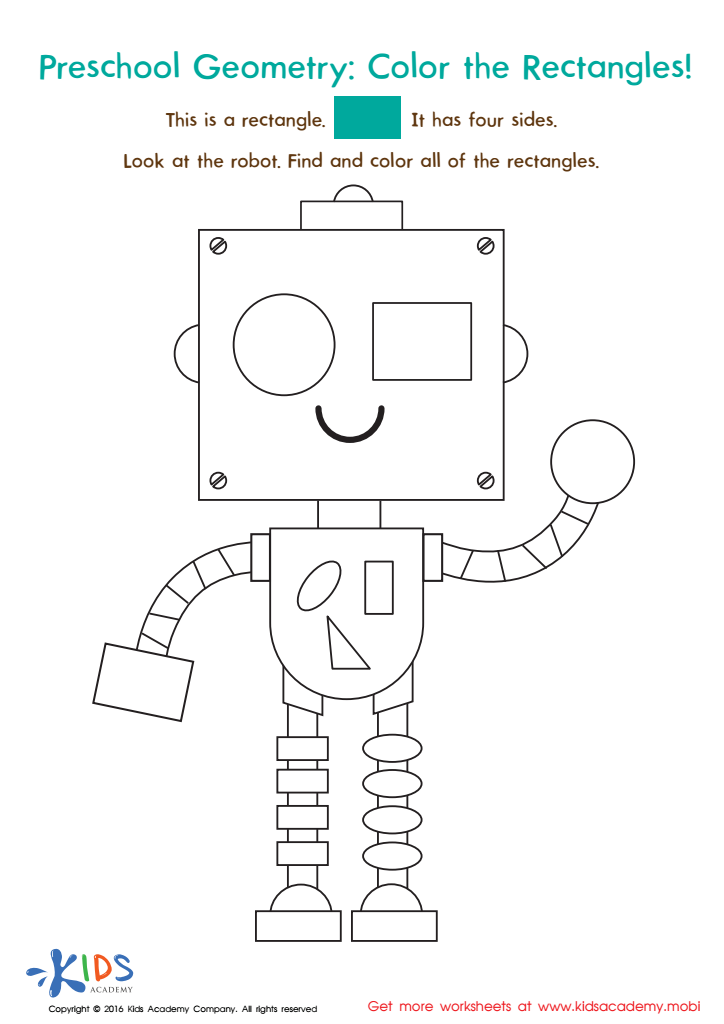

Geometry Worksheet
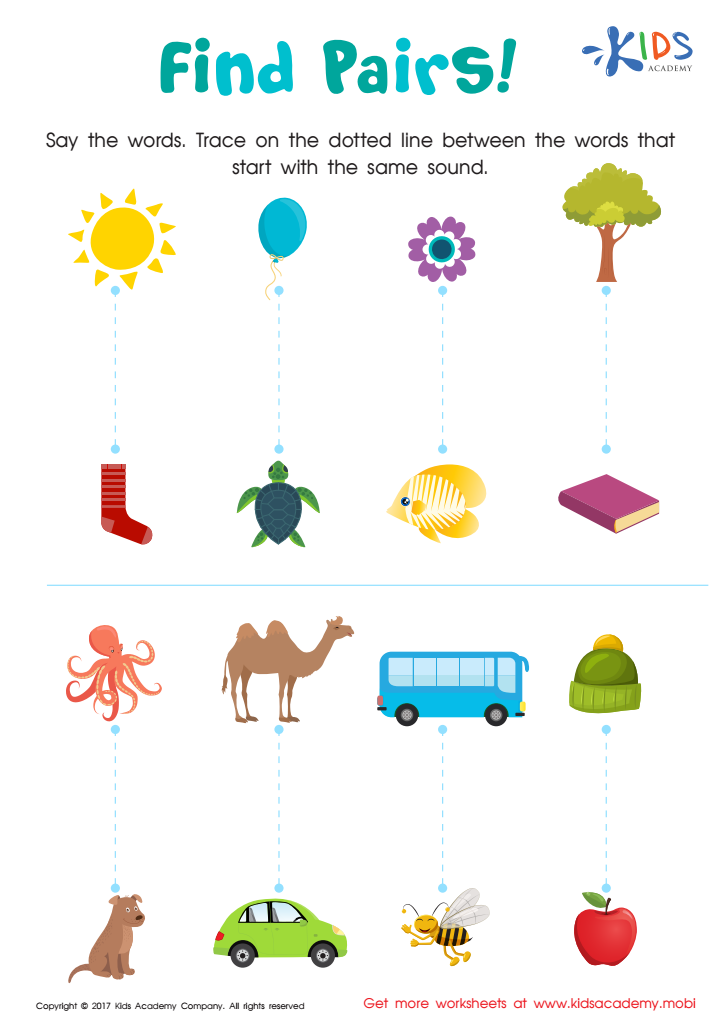

Beginning Sound: Find Pairs Worksheet
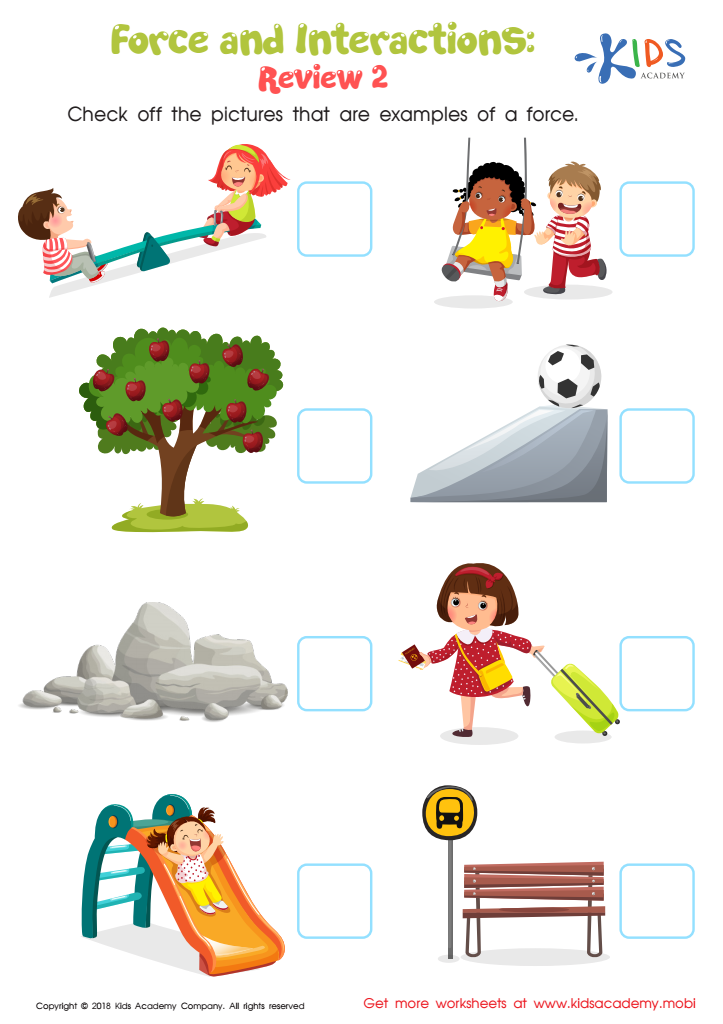

Force and Interactions: Review 2 Worksheet
Understanding symmetry is crucial for children aged 3-4 as it lays the foundation for mathematical thinking and visual-spatial skills. At this early stage, children are naturally curious and eager to explore shapes and patterns. Introducing them to the concept of symmetry enhances their cognitive development, helping them identify and appreciate patterns in the world around them, from nature to art.
Recognizing symmetry fosters critical thinking and observational skills. When children learn to spot symmetrical shapes, they begin to understand relationships between different objects, which is fundamental in problem-solving and logical reasoning. Moreover, engaging with symmetrical designs can nurture creativity, as children experiment with shapes and drawings, enhancing their artistic expression.
For parents and teachers, fostering an appreciation for symmetry can be easily integrated into playful activities. Simple actions such as folding paper, using mirrors, or doing crafts can teach these concepts through play. This approach encourages a love for learning, making math more approachable and enjoyable. Understanding symmetry is not just about mathematics; it also contributes to children’s overall development, preparing them for future learning and enhancing their ability to navigate and make sense of the world.
 Assign to My Students
Assign to My Students




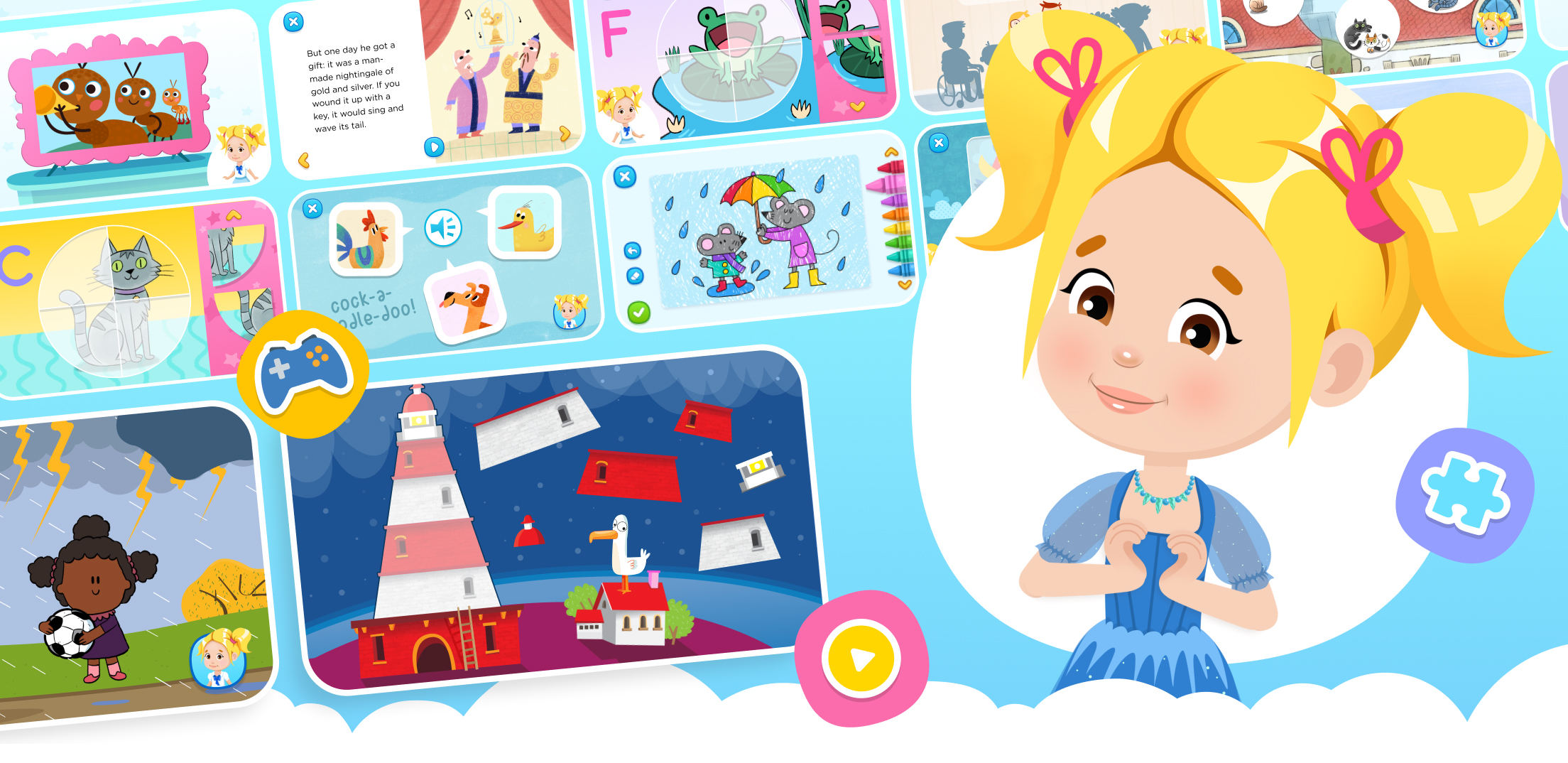
.jpg)


